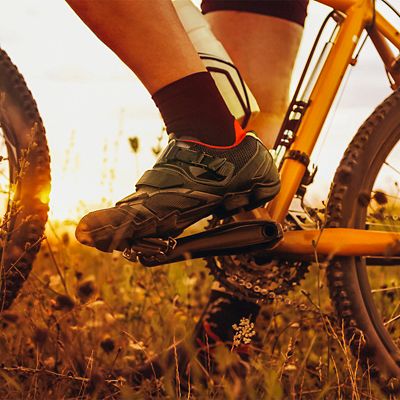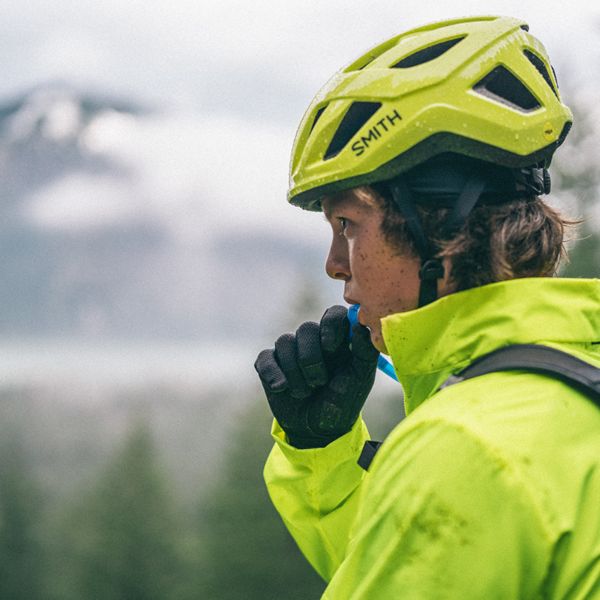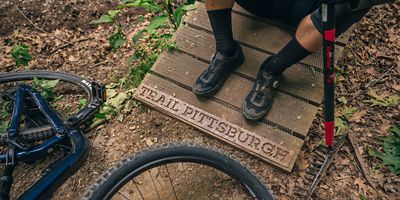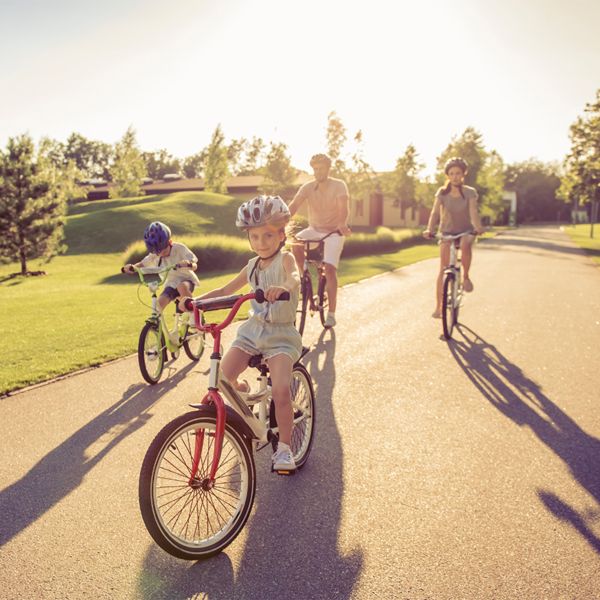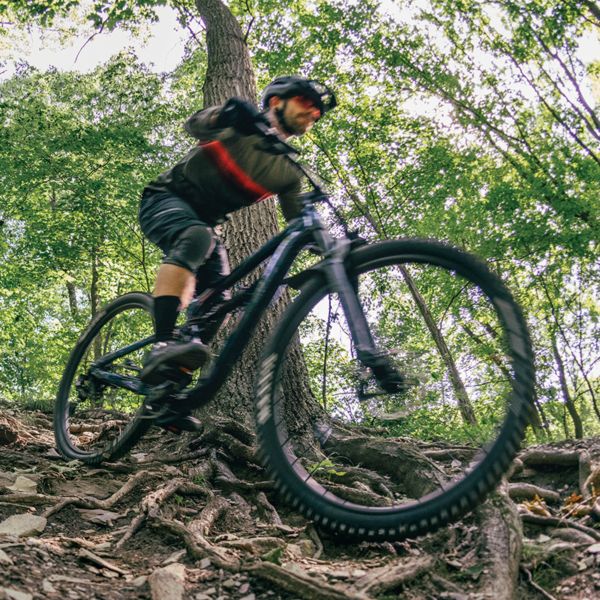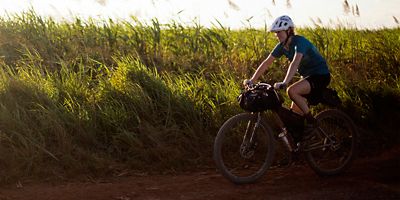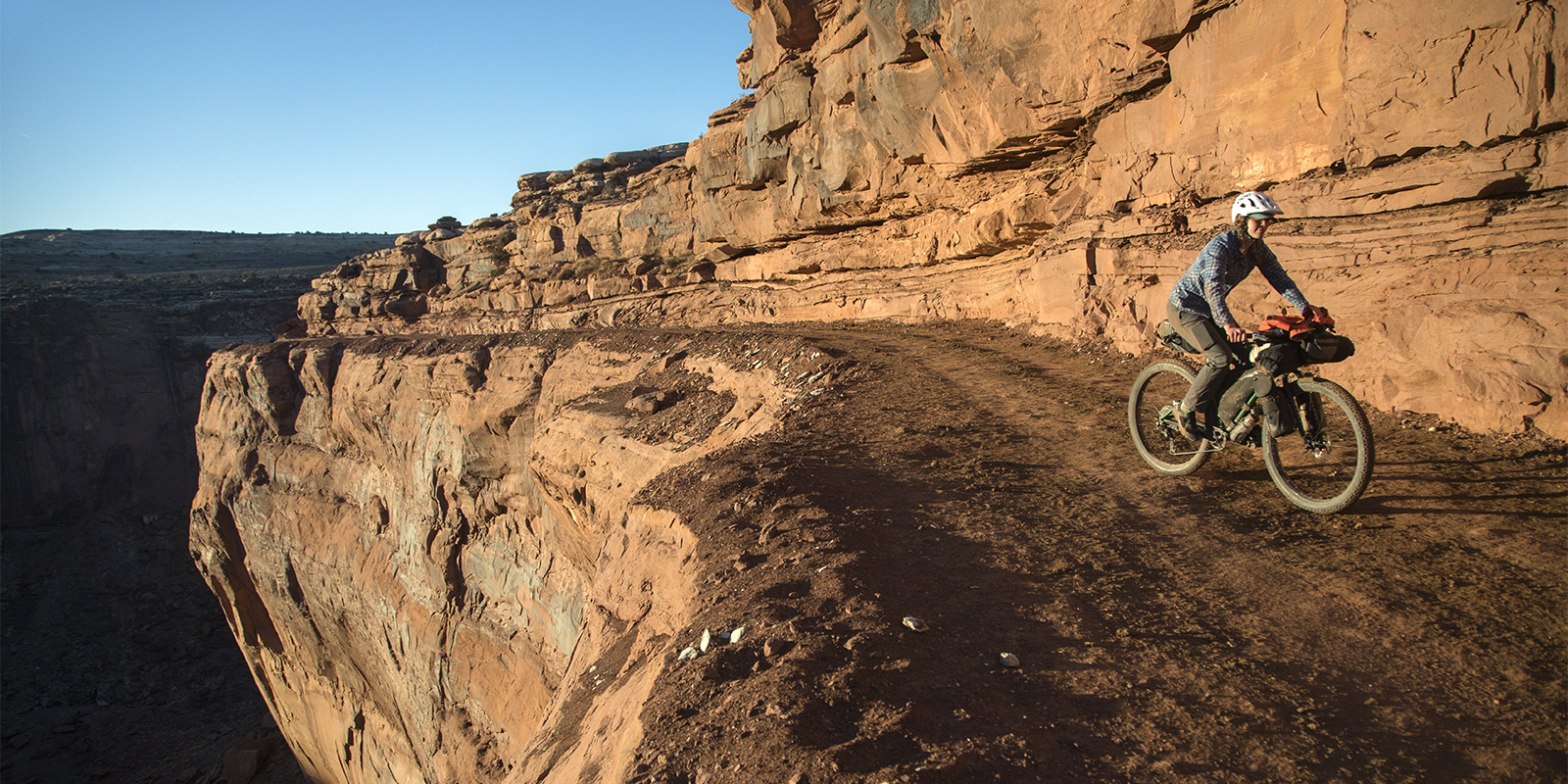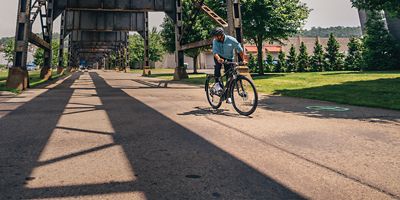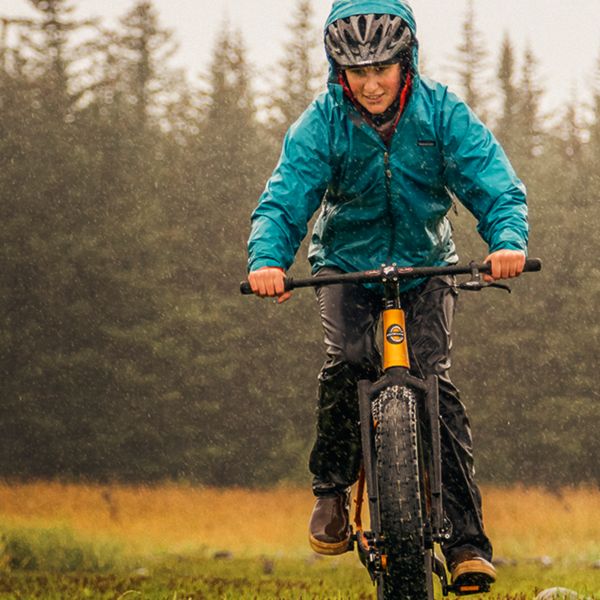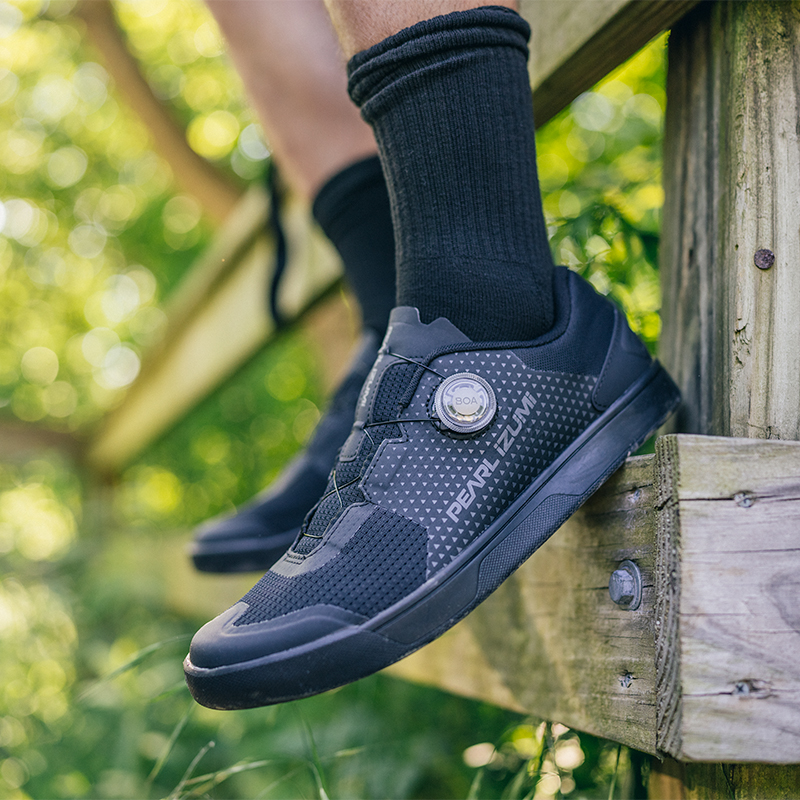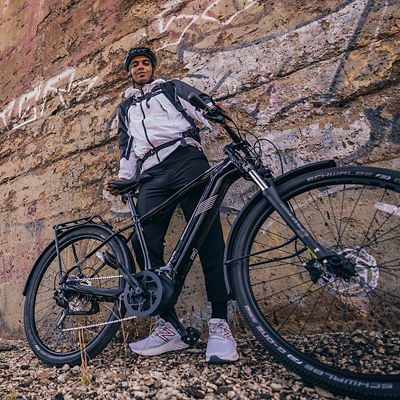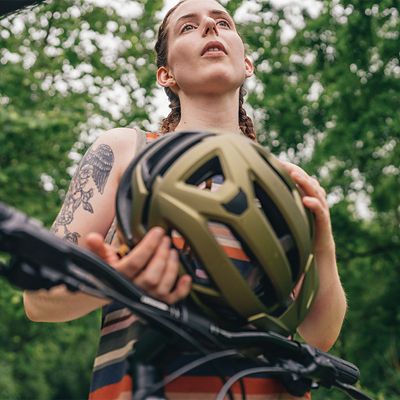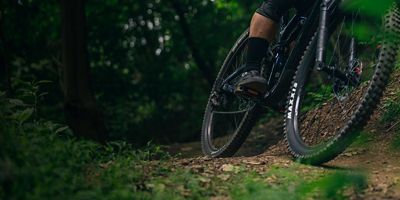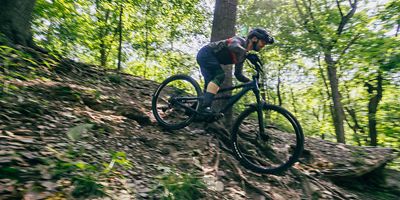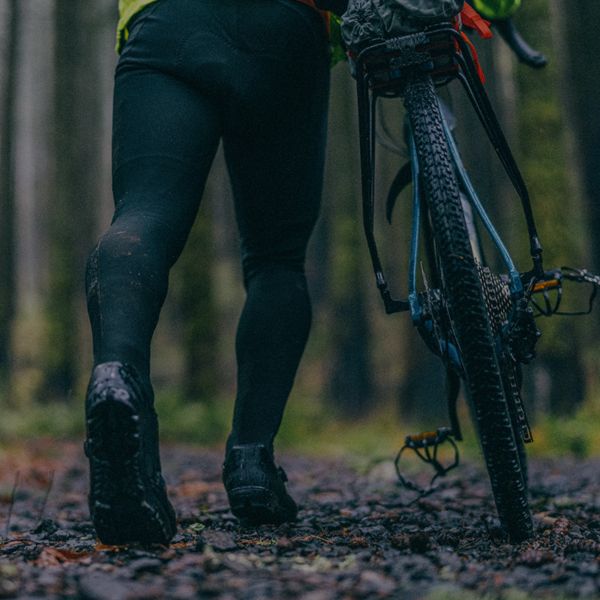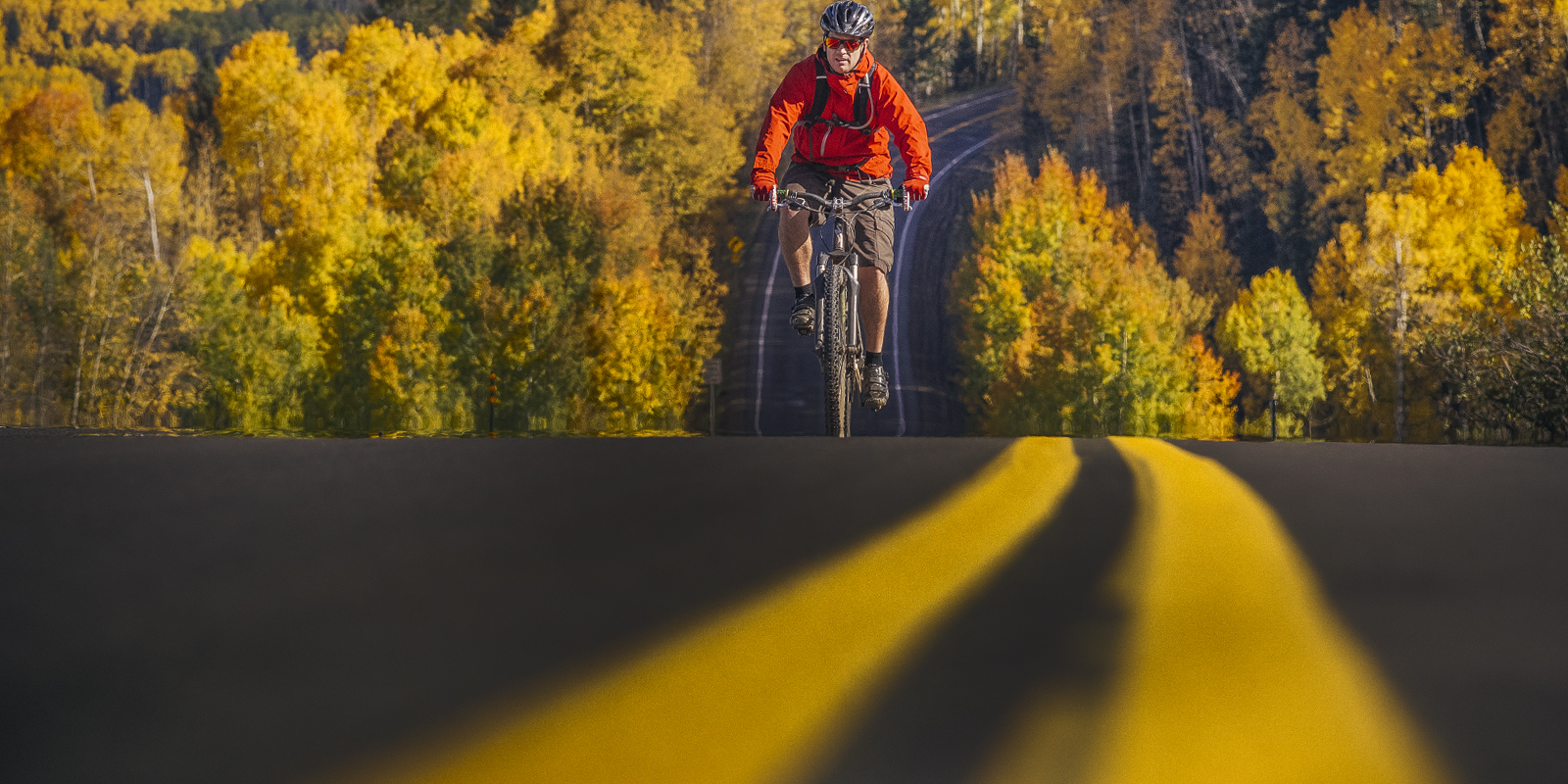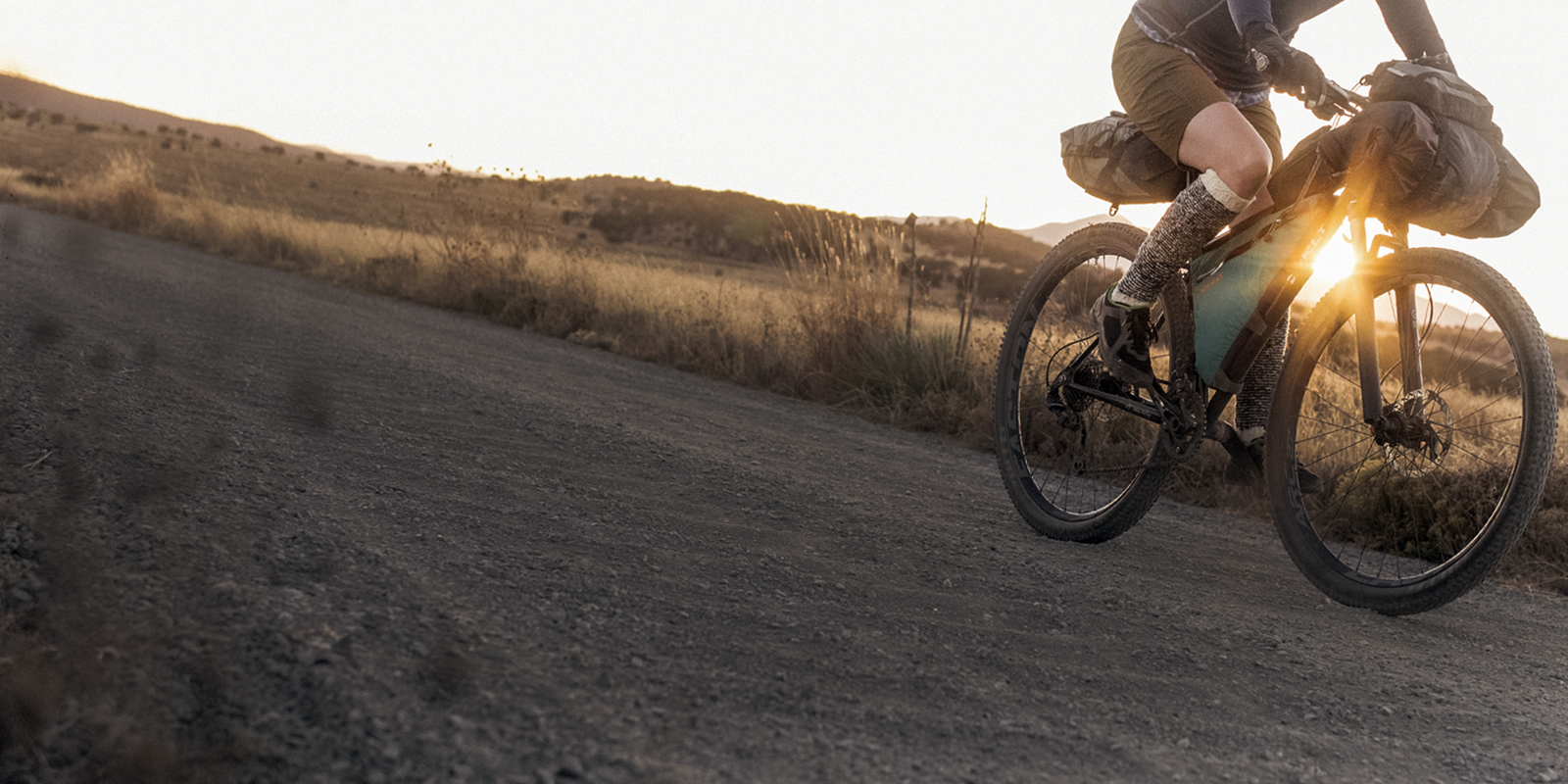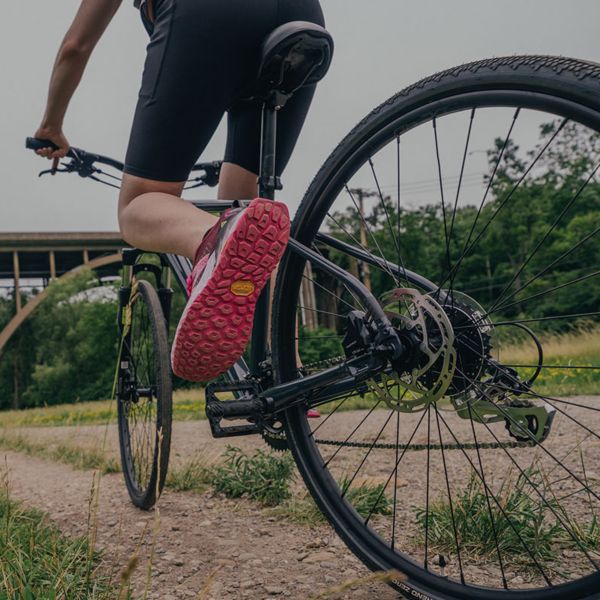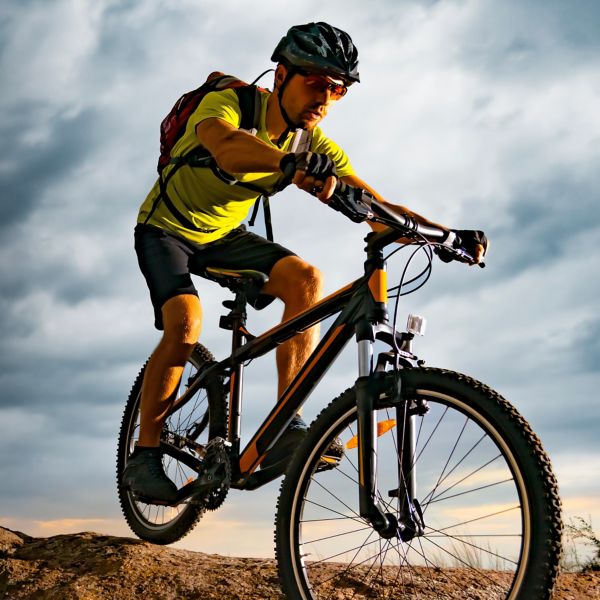Food is fuel. If you wanna move, you gotta eat. And drink. But riding a bike involves a lot of moving, both far and fast. Plus, you have to carry what you need or find it on the way, so staying fed and hydrated on a bike can be tricky. The following guidance won’t dive overly deep into the specifics of diet and nutrition. However, a few initial considerations, on-bike tips, and gear choices can go a long way to making eating and drinking on your ride much more convenient and effective.
Get a head start
You don’t want to begin any type of workout at a deficit. Try to have an average meal an hour or two before you start your ride, and drink a tall glass of water. Not only will this make the first leg of your ride go smoother, it’ll cut down on how much you’ll need to carry if your ride has three or four legs.
Know your options
There are a lot of different types of nutrition products aimed at endurance athletes, and they all have different purposes, applications, pros and cons.
Bars
Often called “energy bars” or “protein bars,” these are pretty straightforward. Some are simply compressed trail mix, others are solid cocktails of various nutrients. The point is, they’ve usually got less sugar than granola bars or candy bars, but are what we call “calorie-dense.” They pack a lot of energy in a compact, convenient package. These days, most taste pretty good, and there’s a lot of variety. Most grocery stores have a whole aisle of them. Find the one that works for you, and always have a box of them on the shelf.
Drink mixes
These get a little more complicated. There are a lot of categories of these high-tech takes on powdered Gatorade. Usually, the goal is to replace electrolytes (which essentially means salt) as you sweat, but it’s become a whole science. There are even some formulated for before or after your activity. Just like bars, you should try a few types and see if you feel improvements in energy, muscle fatigue, or post-ride soreness. You can buy mixes in bulk, but many also come in packets that you can bring on your ride to pour into your water bottle as you refill it along the way.
Gel shots
These are essentially concentrated drink mixes, and often contain the same chemicals and make the same promises. They’re like giant packets of sweet honey-like gel. It may seem a little gross, but when you’re using energy on a ride, you’d be surprised how easily they go down. You need to drink water alongside gel shots, but there’s no mixing required.
Gummy shots
Very similar to gel shots, but as the name suggests, they have the texture of slightly softer gummy bears. These are a nice alternative to gel shots because they’re less messy and allow you to control your intake a little better. Like drink mixes and gel shots, different gummies do different things; some have extra electrolytes, and some even have caffeine.
Keep it real
Again, high-performance food bars are an easy, compact way to get energy on a ride. But there’s never anything wrong with bringing actual normal food. Our bodies are pretty good at picking out the stuff we need from our food, even if it wasn’t grown in a lab for ultra athletes. Bring a sandwich, a bag of chips, or even a leftover slice of pizza on your ride. Chances are your friends with nothing but bars and gels will actually be a little jealous.



